
As health departments around the country continue to report new West Nile virus activity, a new study explores how the brain protects itself from this and other mosquito-borne viruses.

As health departments around the country continue to report new West Nile virus activity, a new study explores how the brain protects itself from this and other mosquito-borne viruses.

Physicians call for more education for themselves and the patient before recommending the use of topical microbicides.
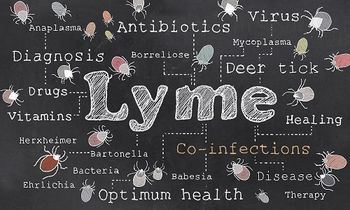
Lyme Disease Association President, Pat Smith, takes on the major problems surrounding Lyme disease today.

While the 2016 Ebola outbreak in the Democratic Republic of Congo continues to unfold, researchers have identified the first natural human antibodies against all three major disease-causing ebolaviruses.

Researchers believe that an increased incidence of C. difficile in travelers returning from international destinations may be linked to travelers' diarrhea.

At the 2017 Annual Pediatric Academic Societies meeting, Gail Bolan, MD, from the CDC, explained why trends in STD reporting in 2015 may be disturbing.

Yemen has been hit by a resurgent cholera outbreak and health officials are focusing all of their efforts into infection control.
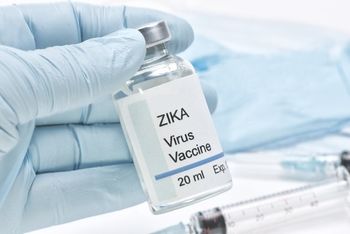
Researchers from Beaumont hospital have developed a Zika virus diagnostic test that yields quick results. In addition, a Zika vaccine may be coming our way, but perhaps not in the way we hoped.

A study conducted in France found that many pediatrics patients in the western region of the country are dying of vaccine-preventable diseases, and not because they’re not receiving vaccination.

In a research panel at the 2017 Annual Pediatric Academic Societies Meeting, Andres Camacho-Gonzalez, MD, and Craig Wilson, MD, discussed how poorly-controlled HIV infections in adolescents are related to increased risk of other STIs.

Researchers at Houston Methodist Hospital have identified that a surprising percentage of Klebsiella pneumoniae infections at their facility are caused by uncommon strains of the pathogen.
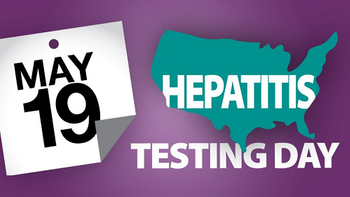
On Hepatitis Testing Day, healthcare providers and the public work together to promote awareness and encourage those at risk to get tested.
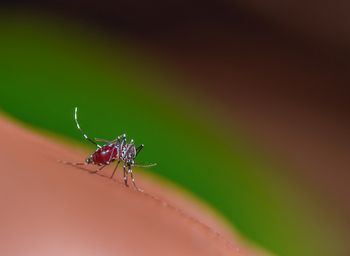
Researchers from Stanford University use mechanistic models to predict the temperatures at which mosquitoes are likely to contract Zika and other arboviral diseases and transmit them to humans.

In a time of hunger games-style scientific funding, one researcher speaks out.

A new study finds that gay African American and Latino men who use multiple forms of technology to find sexual partners have higher rates of disease transmission.

Researchers from Montefiore Medical Center presented findings on differential diagnosis of MRSA and Staphylococcus aureus at the 2017 Annual Pediatric Academic Societies (PAS) meeting in San Francisco, California.
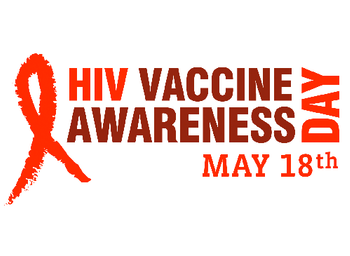
On HIV Vaccine Awareness Day, we reflect on the advancements made in the fight against HIV and the ongoing efforts to reach the collective goal of developing a safe, effective vaccine.

In a Phase 2 controlled clinical study, patients with Clostridium difficile infection receiving ridinilazole were found to have achieved better treatment outcomes than those receiving vancomycin.
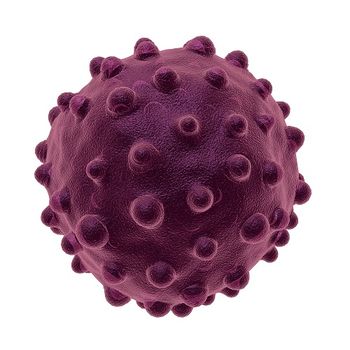
Several individuals in one US state and in Europe have fallen ill due to infection with hepatitis A.
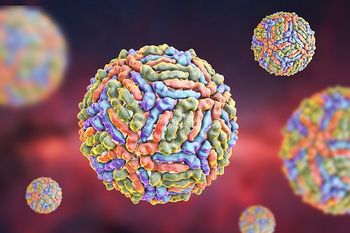
With multiple states reporting their first cases of West Nile virus, health officials are noting an early start to the virus’s seasonal activity and reminding the public to partake in mosquito control efforts.

This week’s Public Health News Watch focuses on what’s potentially behind the recent outbreak of measles in a Somali community in Minnesota.

CDC researchers have found that an invasive serotype of Streptococcus pneumoniae belonging to nonvaccine serotype 35B has recently emerged.
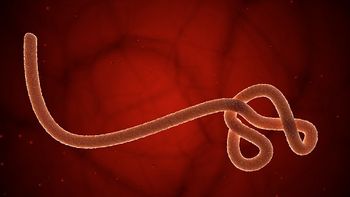
The World Health Organization (WHO) has released more information on the cases of Ebola virus infection recently discovered in the Democratic Republic of Congo.
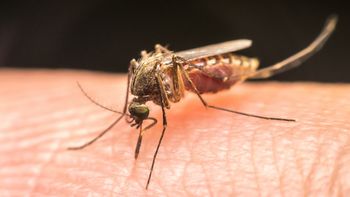
Due to a significant drop in new Zika cases, the Ministry of Health has declared the national emergency status over.
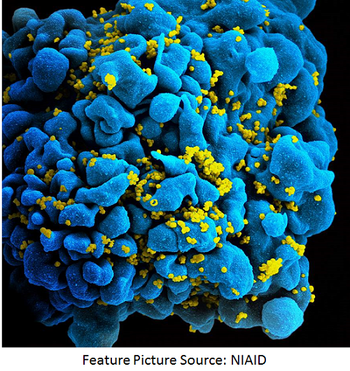
NICHD researchers find that tiny cell particles released by HIV-infected cells might help the virus spread to new cells.

A new report highlights that all links in the hospital reporting chain are tragically weak.
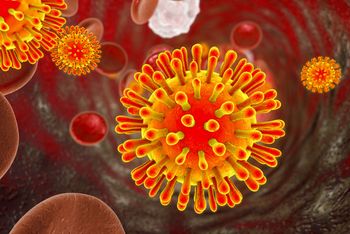
Research published in Molecular Therapy in early May could help uncover latent HIV-1 cells that serve as a viral reservoir.

Recent findings on the prevalence of Chagas disease in California are in line with 2009 estimates from the Centers for Disease Control and Prevention.

A recently published review article analyzed the epidemiology of atopic dermatitis and its increasing prevalence, and found that it may be more common in adults than previously thought.